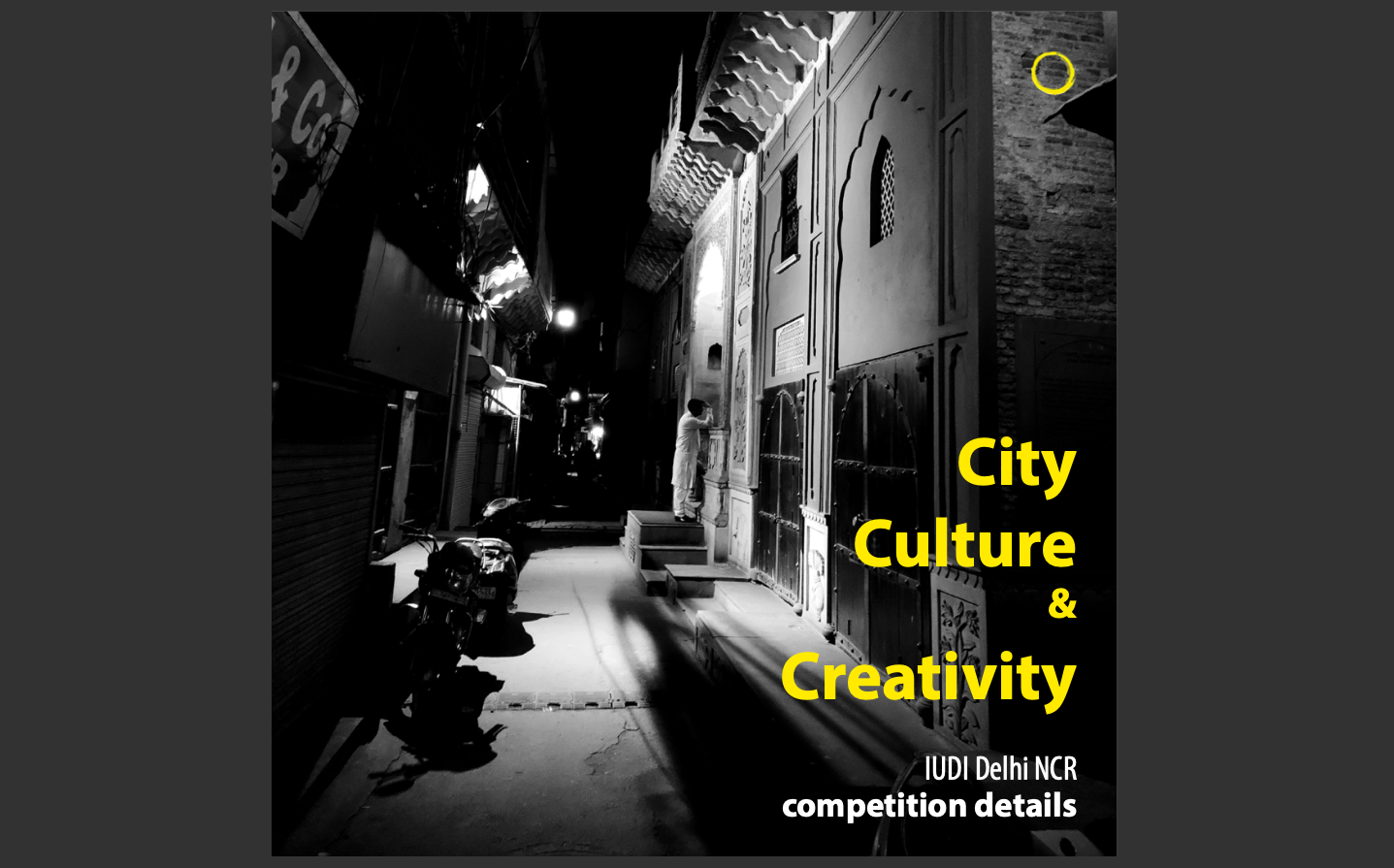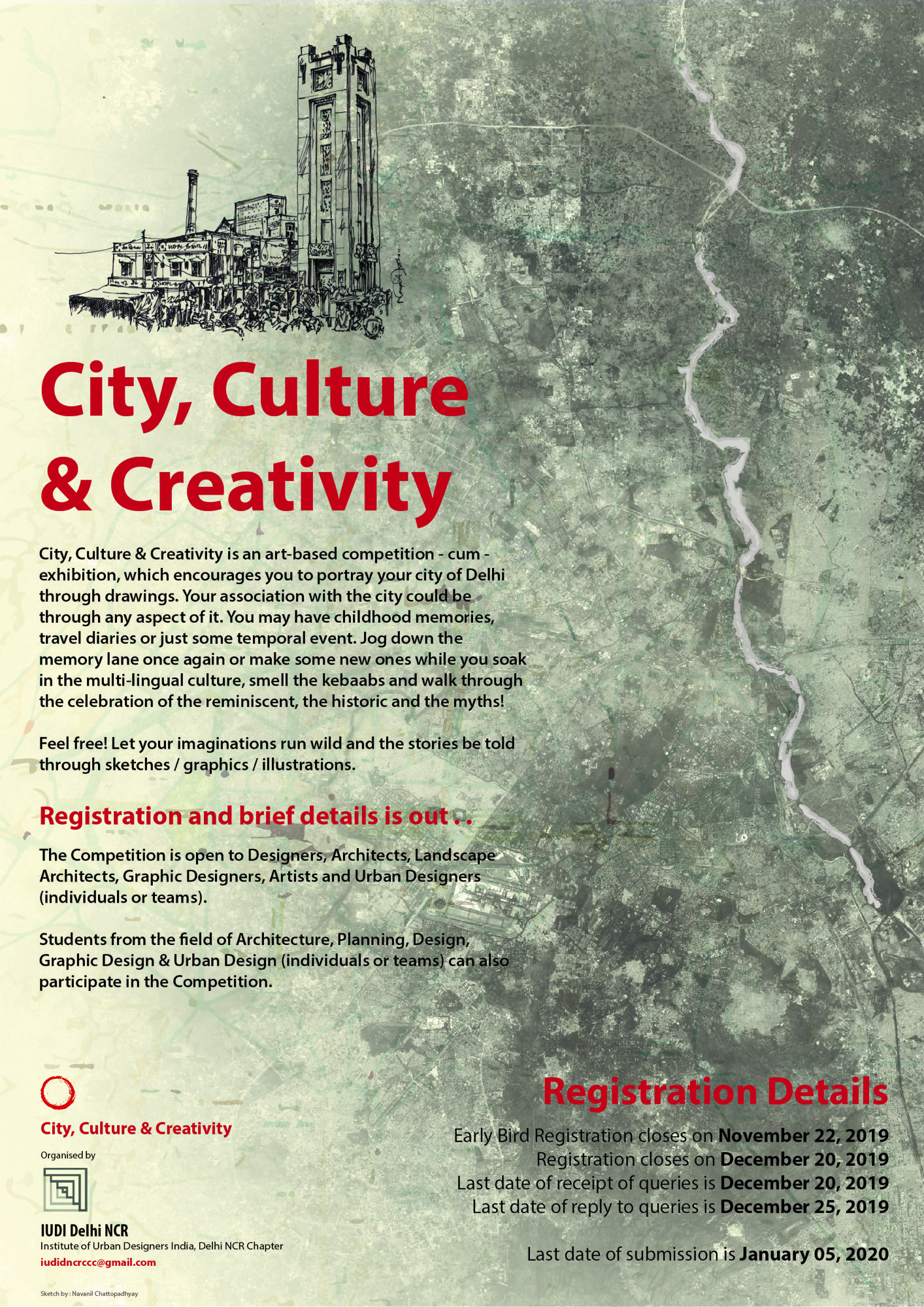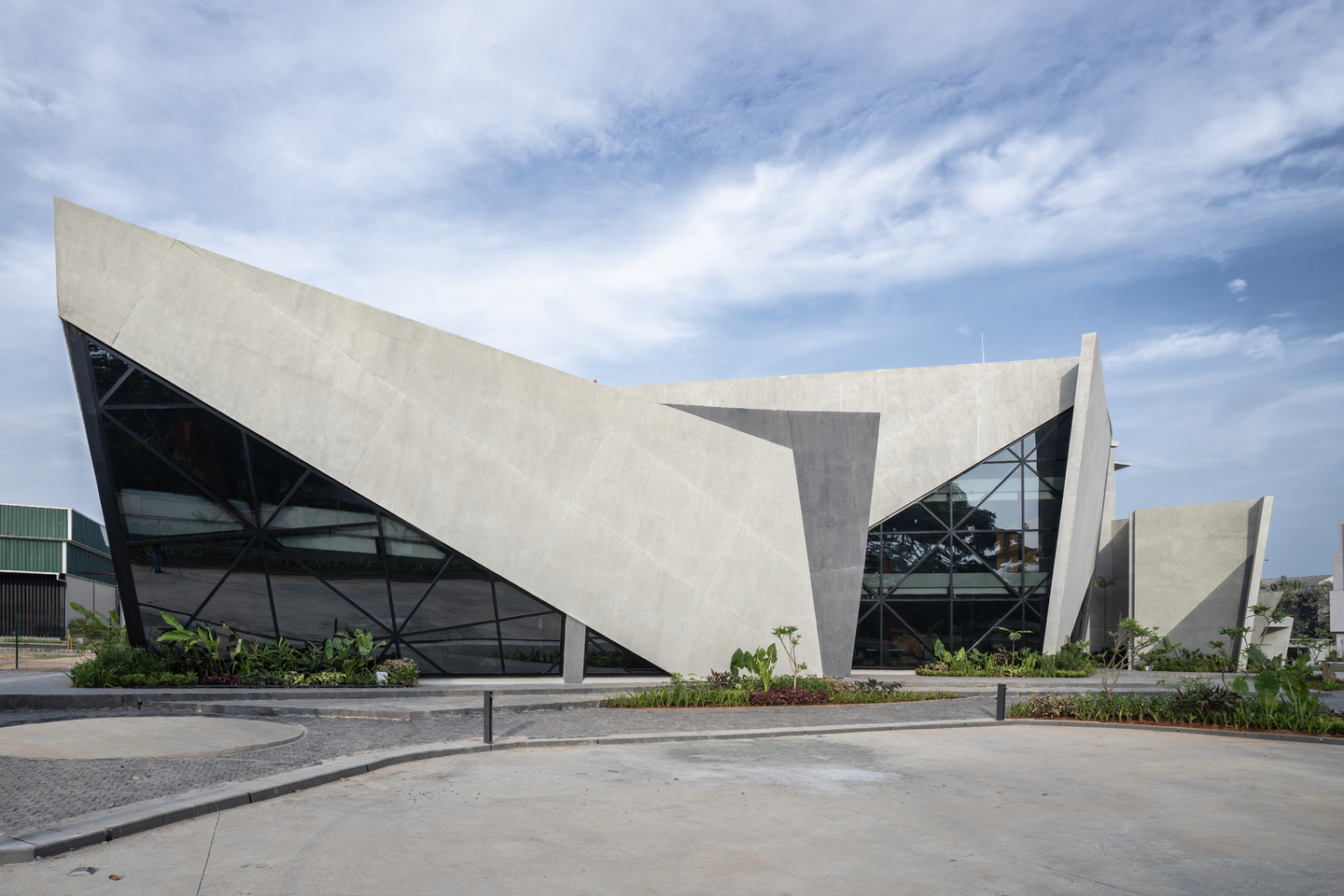As the world continues to urbanise and globalise, cities are becoming the predominant form of human settlement and the scale at which many of the most pressing societal issues are engaged. Cities are places to explore culture & creativity.
Delhi is very peculiar in multiple ways and takes a lot to get used to – the loudness, roughness and now, of course, the pollution. On the other side, we have a rich history, arts, culture, diversity and large green spaces.
Themes
City Culture & Creativity is art-based competition which encourages to describe your own city of Delhi . . Dilli . . Feel free to be creative about how you tell the story. Your concertina might include sketches/graphics/illustrations of the experience.
You may submit one piece of artwork/graphic works that are based on the themes below:
Theme 1: Nature
A quality landscape and a sense of urbanism can, and should, go hand in hand. By nature, we mean many things; it is the open spaces; parks, maidan, river banks, to the scale of kitchen garden and sparrow’s nest in our today’s living conditions. It is water bodies; from rivers, lakes, to the historically indispensable kunds or step wells scattered all around in Delhi. It is parks, small open green spaces commonly found in many of the post-independence designed urban precinct in the city, the wild shrubs that one sees sprouting out at intervals around the road, and at the same time it is also the designated urban green forests found throughout the city. It is also the vast geographical conditions we can see, the chilly winters we feel and the sweltering summers we have lived to, in this city of ours. Let’s not limit ourselves to a certain type of knowledge we have when we hear the word Nature!
Theme 2: Streets
Towns exist for interaction. They depend upon movement systems – roads, streets, footpaths and public transport routes, which make urban life possible. From the galis and kuchas old Delhi to the avenues of New Delhi; from the Fatehpuri Bazaar to the Lajpat Nagar main market; from one edge of the city to another, we would find a street with definite character of the place narrating us stories of the past and present, or at times the future. It would tell us about ways a life on it behaves, how it interacts with us and so on. These connections provide us with a canvas to imagine and rethink spaces in sync with the wider world.
Theme 3: Settlement
Settlement refers to the pattern or arrangement of streets, buildings, open space and landscape which make up urban areas. It could be mohallas, katras, havellis or sector planned settlements, gated communities, kothis; regardless of the socio-economic conditions, all these types and many more have a juxtaposition of the similar elements required for being a successful liveable space. Thus, it is the interrelationship between all these elements, rather than their particular characteristics that bond together to make a place. It does not imply any particular kind of urbanism: it applies equally to the centre and to the suburb, and everything in between; and of course it applies equally to the city, the town and the urban village.
Theme 4: Experiential
Experiential qualities of space are something which cannot be quantified, or seen at times. They are rather the intangible experiences we gather from a space, which may stimulate the senses. It could relate to us through touch, smell or sound of a particular place. The experience of a place can be heightened by the aromas of a certain coffee, or sounds of wind rustling through, or may be the touch of the dried leaves on an autumn evening while walking on the avenues of Lutyens Delhi.








